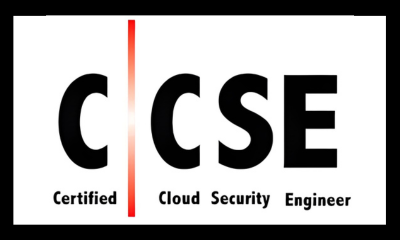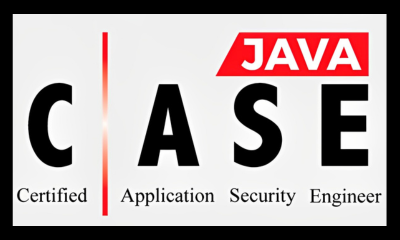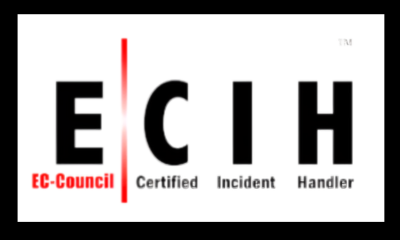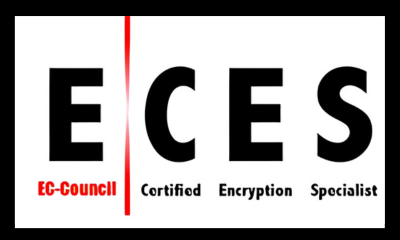Platform and infrastructure security are essential components of cloud security, as they focus on protecting the underlying computing resources that support cloud-based services and applications.
Infrastructure security involves securing the physical infrastructure, such as servers, storage devices, and networking equipment, that underpins cloud computing. This includes measures such as access controls, firewalls, intrusion detection and prevention, and encryption. Infrastructure security also involves ensuring the physical security of data centers and other facilities where cloud infrastructure is housed.
Platform security, on the other hand, involves securing the software and operating systems that run on top of the cloud infrastructure. This includes measures such as patch management, configuration management, and access controls. Platform security also involves securing the applications and services that run on top of the platform, including data protection, vulnerability management, and application security.
In the cloud, infrastructure and platform security are typically the responsibility of the cloud service provider, as they are responsible for maintaining the physical infrastructure and underlying platform. However, customers are responsible for securing their applications and data, as well as ensuring proper access controls and configurations are in place.
To ensure effective platform and infrastructure security in the cloud, it is essential to follow industry best practices and standards, such as those outlined by NIST, CSA, and ISO. Regular security assessments and audits can also help identify and mitigate security risks in cloud infrastructure and platforms.











_CC638186862541370352_.png)


_CC638186813057884014_.png)

_CC638186806638949872_.png)
_CC638186739507153907_.png)

_CC638186640316352627_.png)








